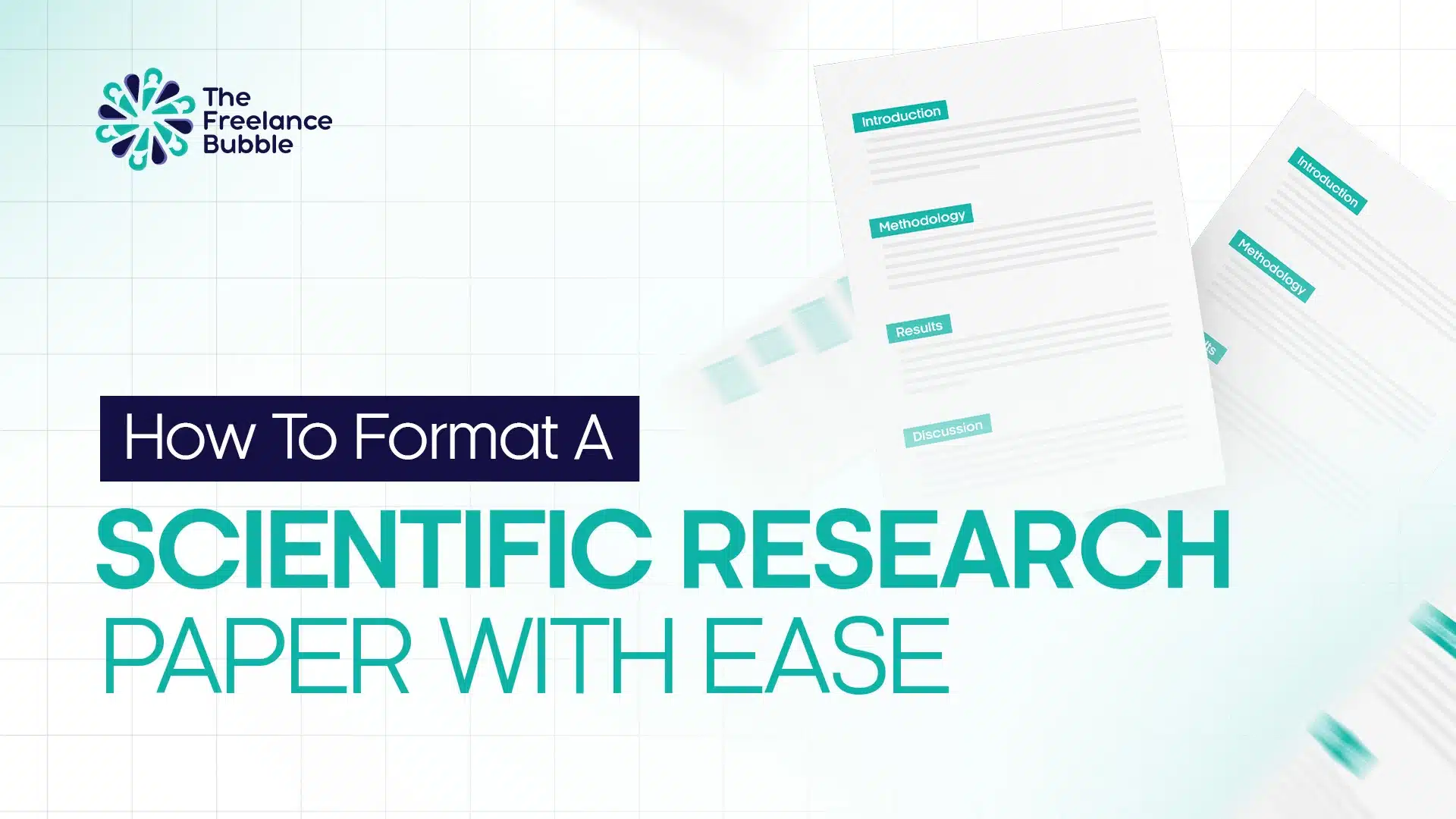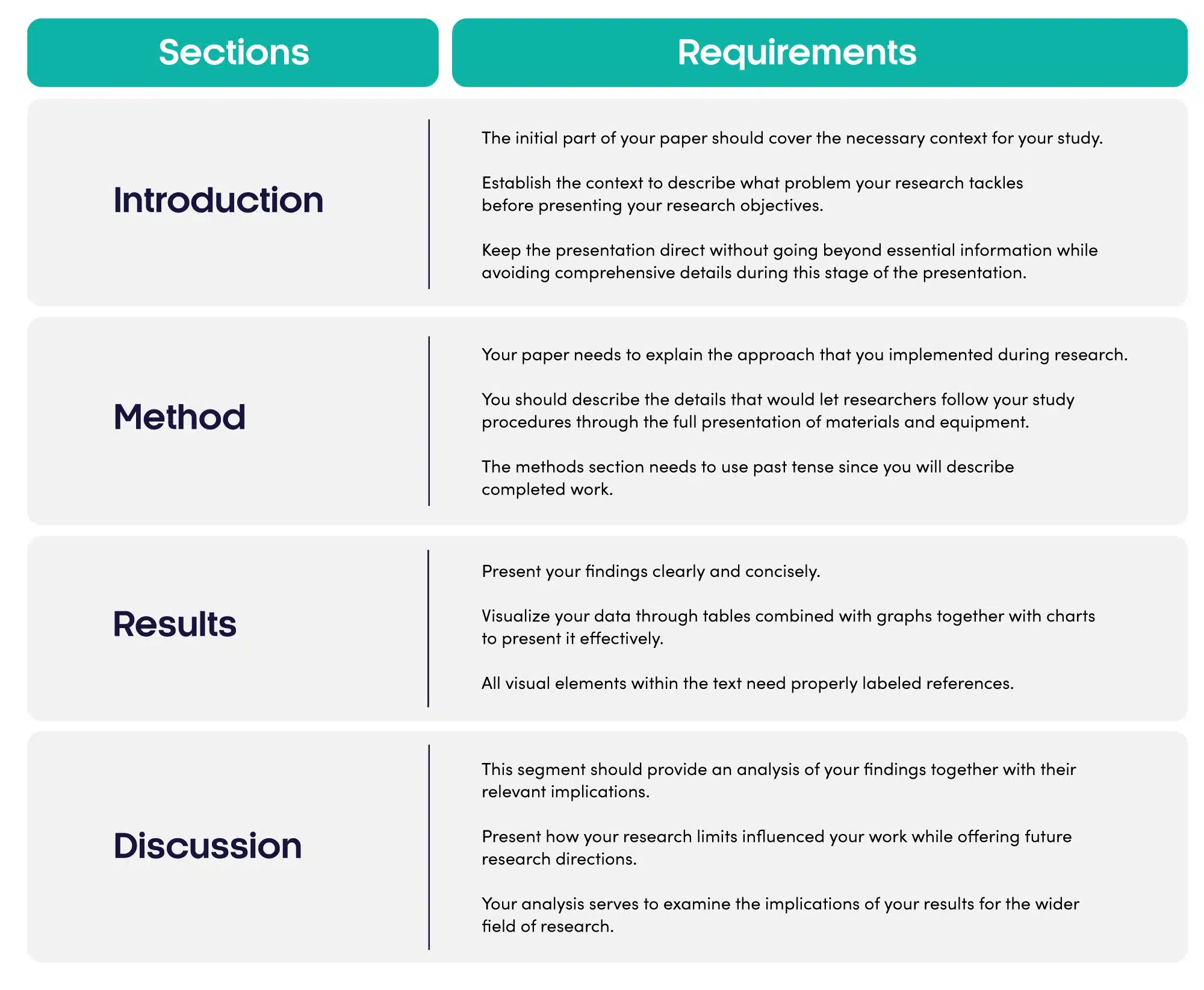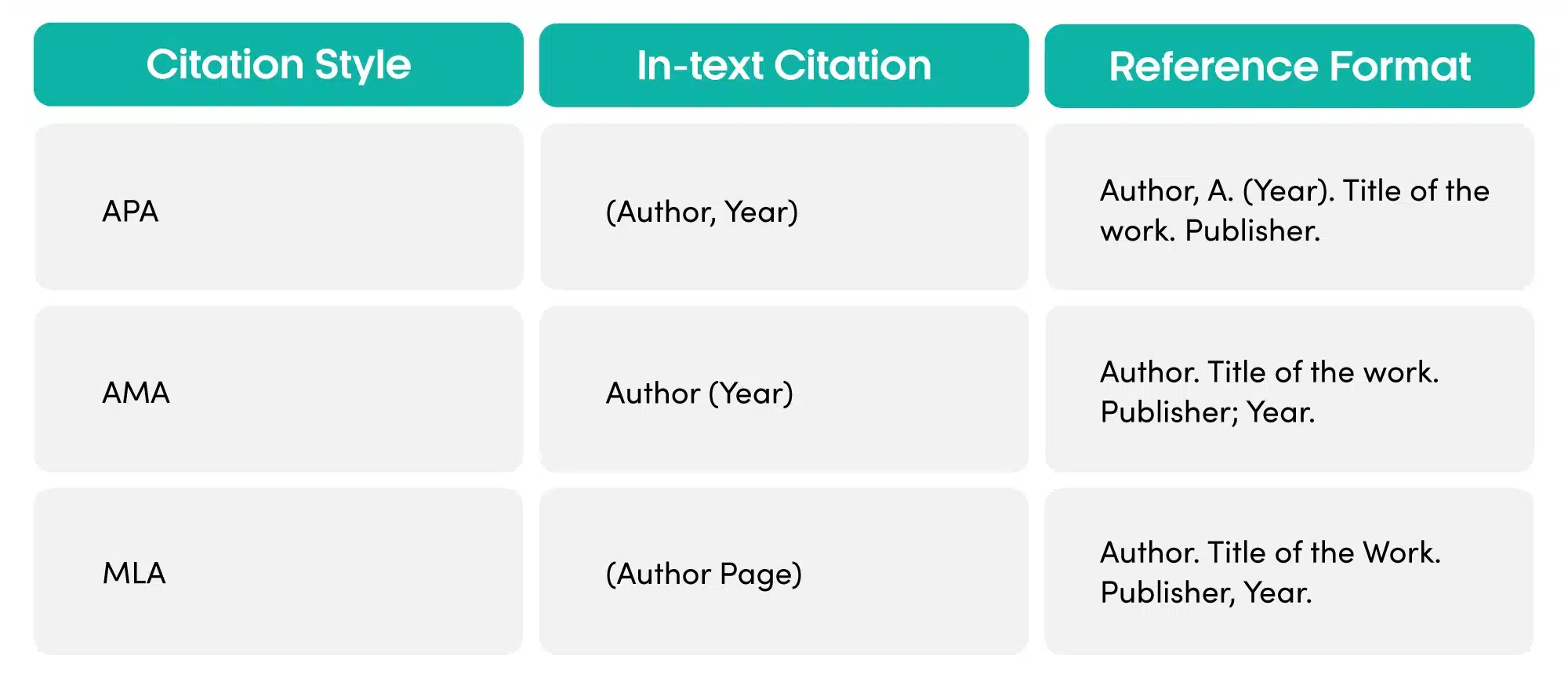When submitting a scientific research paper, have you ever wondered why proper formatting matters just as much as the content? The reason is that well-structured papers are easier to read, making it simpler for reviewers to understand your findings. They also enhance credibility, showing that you’ve followed academic standards. And here’s the best part: a properly formatted paper has a much higher chance of being accepted by reputable journals.

Whether you are writing your first scientific paper or preparing for publication, understanding how to format a scientific paper correctly is essential. This guide will walk you through the key components of scientific research paper formatting, from the title page to references, and provide helpful tips to ensure your paper stands out for its clarity and professionalism.
Why Formatting is Crucial for Scientific Research Papers
Enhancing Readability
Proper formatting ensures a professional appearance and enhances readability, allowing readers to easily track research findings.
Clear section headings, consistent fonts, and well-placed visuals help maintain focus on the content without distractions.
Effective formatting improves comprehension and determines whether your work receives recognition or goes unnoticed.
Meeting Journal Guidelines
Manuscript acceptance depends on meeting the precise formatting requirements set by scientific journals. These include specific font choices, word limits, and citation guidelines. Following these specifications ensures your paper meets journal standards, streamlining the submission process and increasing the likelihood of acceptance.
Key Components of Scientific Research Paper Format
1) Title Page
The title page is your paper’s first impression, so it is essential to structure it correctly. Include the title of your paper, your name, and the names of any co-authors.
Additionally, you should list the affiliations of all authors, including institutions and locations.
A concise and clear title is key to reflecting the scope and focus of your research while adhering to the scientific research paper format requirements.
2) Abstract
The abstract provides a concise synopsis of your research, typically no more than 250 words. It should be self-contained and summarize the purpose, methods, results, and conclusions of your research.
Make sure it is concise yet informative, as the abstract is often the first section that readers and journal editors will examine.
Keep it clear and direct, providing an accurate snapshot of your paper’s content.
3) IMRAD Structure
The scientific research industry usually uses an IMRAD method of organization which stands for Introduction, Methods, Results, Discussion. Each section requires a specific format according to the following guidelines:

4) References and Citations
Citing sources correctly is essential in academic and scientific writing, as it acknowledges prior research, supports your arguments, and provides context for your work.
Different citation styles, such as APA (commonly used in social sciences), AMA (preferred in medical and health sciences), and MLA (popular in humanities), have specific formatting rules for in-text citations and reference lists.
A concise and clear title is key to reflecting the scope and focus of your research while adhering to the scientific research paper format requirements.

Tip: Use citation tools like EndNote, ZoteroBib, and Mendeley to simplify citation management. It allow researchers to store, organize and format references according to the chosen style. These tools enhance efficiency, minimize formatting errors and save time during the writing and submission process.
General Formatting Guidelines
Font, Margins, and Line Spacing
Standard formatting settings for scientific papers are:
- Font: Times New Roman, 12 font size
- Margins: 1-inch margins on all sides
- Line Spacing: Double-spaced throughout the paper, including references and captions.
This scientific research paper format ensures readability and a clean layout. Avoid using
multiple fonts or overly stylized formatting to maintain consistency.
Numbering Pages and Sections
A document needs proper page numbering for readers to navigate through its pages. The first page should be numbered as the title page and all following pages should receive sequential numbers. A uniform format for section headings must be maintained to easily identify Introduction, Methods and Results sections and others throughout the document.
Figures and Tables
Figures and tables are essential for presenting data, but they need to be formatted.
Each figure or table should have a corresponding title, and the title should be placed above tables and below figures.
Additionally, all visuals should be referred to in the text (e.g., “As shown in Figure 1…”). Make sure visuals are clear, legible, and of high resolution.
Tools for Formatting Scientific Papers
1) Microsoft Word and Google Docs
Both Microsoft Word and Google Docs have built-in tools for formatting. These word processors allow you to adjust font styles, line spacing, and margins with ease.
Additionally, you can add section breaks, headers, footers, and page numbering. LaTeXGoogle Docs also makes collaboration simple if you are working with co-authors.
2) LaTeX
LaTeX is a powerful tool for more technical papers, especially those that include mathematical formulas or complex layouts.
It is widely used in scientific and technical fields for its precision and flexibility in formatting.
It can automate complex document elements like references, tables, and equations, making it ideal for papers that require detailed formatting.
3) Templates from Journals
Many journals provide downloadable templates pre-formatted to their specific guidelines. These templates eliminate the guesswork in formatting and ensure that your paper meets all submission requirements.
For a comprehensive guide on structuring your manuscript, refer to resources on how to format a scientific paper to streamline the writing and submission process.
Common Mistakes in Scientific Paper Formatting (and How to
Avoid Them)
Inconsistent Formatting Across Sections
When going through how to format a scientific paper, one of the most common mistakes is inconsistent formatting across different sections of the paper.
For example, if the Introduction is single-spaced but the Methods section is double-spaced, the paper will look unprofessional.
Always review your document to ensure consistency in font, spacing, and headings.
Overuse of Visuals
While visuals are important for presenting complex data, too many can clutter the paper and distract from the text.
Strive for a balance between text and visuals. Use visuals only when they effectively support or clarify your points.
Ignoring Journal Submission Guidelines
Each journal has specific formatting rules, and failure to follow these can result in immediate rejection.
Always double-check the journal’s formatting guidelines before submission.
Missing page numbers, improper citation styles, or failure to use the correct reference format are common reasons for rejections.
Conclusion
Proper formatting is essential for submitting a successful scientific research paper. By adhering to the correct scientific research paper format, you ensure your paper is clear, professional, and ready for publication. Use tools like Microsoft Word, LaTeX, and journal templates to streamline the formatting process. Avoid common mistakes, such as inconsistent formatting or ignoring submission guidelines, to give your research the best chance at acceptance.
Remember, how to format a scientific paper is just as important as the research itself. Don’t overlook this crucial step. Your readers and your future journal editors, will thank you!


2 Responses
This is a well-structured and informative guide on scientific paper formatting! The breakdown of key components like the IMRAD structure, citations, and formatting tools is very helpful. I particularly appreciate the emphasis on journal submission guidelines, as missing those small details can lead to unnecessary rejections. It would be great to see more insights on how to format supplementary materials or appendices. Overall, a great resource for researchers!
Great guide! I appreciate how concise and clear the formatting steps are—makes scientific writing much easier to navigate!